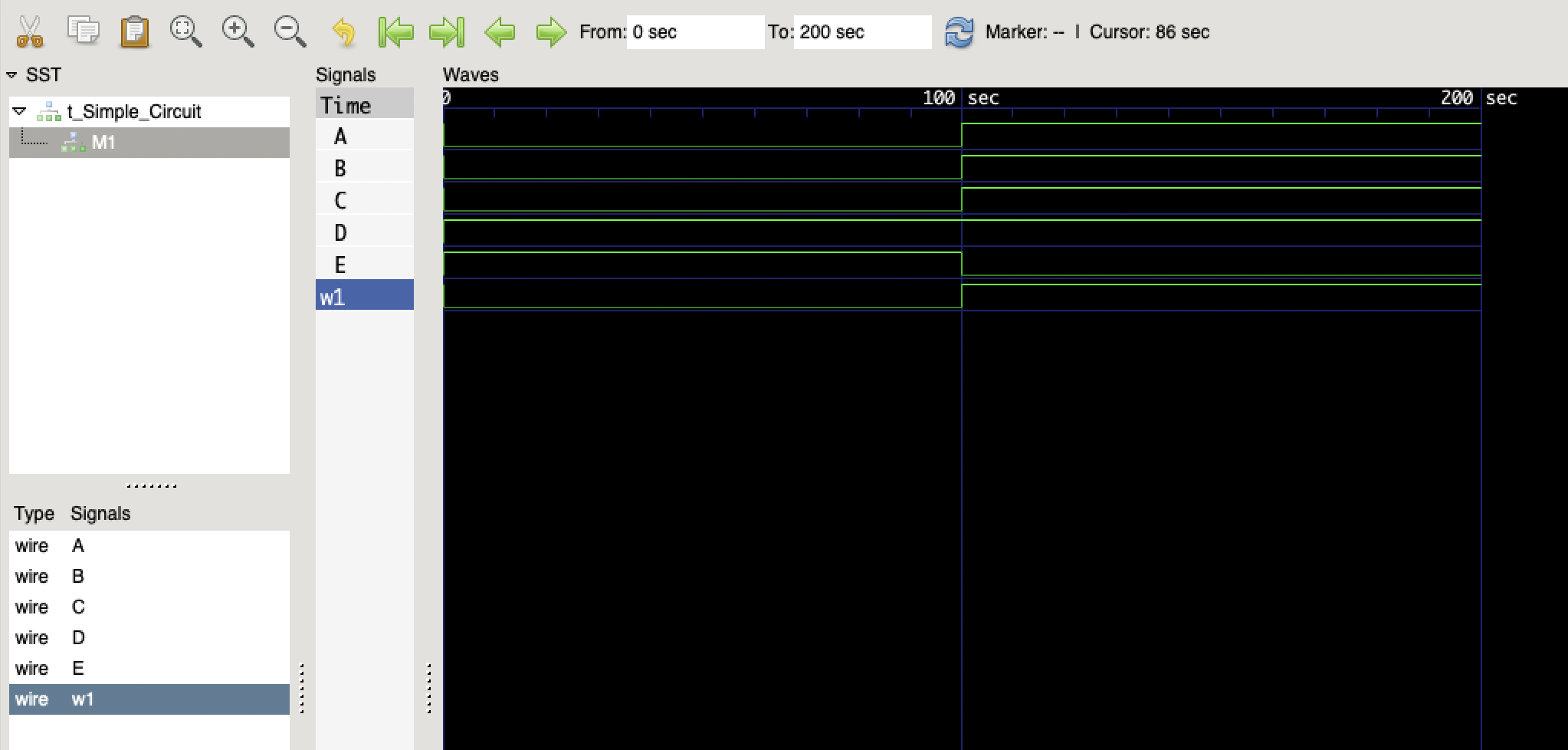

- GITUP MAC SETUP FILE HOW TO
- GITUP MAC SETUP FILE MAC OS X
- GITUP MAC SETUP FILE INSTALL
- GITUP MAC SETUP FILE FULL
- GITUP MAC SETUP FILE PRO

GITUP MAC SETUP FILE MAC OS X
Here is a zip file with the dependencies as "bottles" built on Mac OS X 10.7. Please review and remove this comment or the paragraphĭependencies built with Homebrew will not run on older versions of macOS. # may no longer be relevant as this is for 10.7. Patches are also welcome on the Developer Mailing List, or on the Issue Tracker. The preferred way to contribute is via a Pull Request on GitHub. Then you'll find "Allow debugging when using document Versions Browser" in the form. Select Run (on the left hand side), and select Options along the top of the form. In Xcode > 5, you'll find the menu item elsewhere.
GITUP MAC SETUP FILE HOW TO
Otherwise -NSDocumentRevisionsDebugMode YES gets passed to MuseScore, and it doesn't know how to handle it. In Xcode 5+, you might need to uncheck “Allow debugging when using document Versions Browser” in Product->Edit Scheme. If MuseScore doesn't start for any other reason then try reverting to factory settings, but make sure you revert the compiled mscore debug build rather than the official version if you have it installed. You may also need to expand the tilde (~) to it's full value /Users/ to point to your home directory. The actual value you need to set depends on your Qt version (which you can find with qmake -v) and where you installed it earlier on. You need to edit the mscore scheme to set the environment variable QT_PLUGIN_PATH to point to your Qt plugins directory. This mean MuseScore can't find the Qt plugins. This application failed to start because it could not find or load the Qt platform plugin "cocoa". You may get this error message on the Xcode Console when you try to run the mscore scheme:
GITUP MAC SETUP FILE INSTALL
It will install the required files (fonts, images etc.) for runtime. You can open this xcodeproj file and use the Apple IDE for tasks such as modifying, debugging and compiling MuseScore code. If you are a developer, look at the xcode target in the makefile. It also adds Qt plugins, PortAudio and libsndfile. It creates a self-contained bundle, thanks to macdeployqt, by adding and stripping the Qt libraries into the MuseScore bundle. This target calls a script derived from this one. All resources (such as help and templates) are added to it The bundle is copied from the Release directory into the applebuild directory.
GITUP MAC SETUP FILE PRO
It takes more than one hour on a MacBook 2 GHz but it's pretty fast on a MacBook Pro Core i7 (4 to 5 minutes max). If you plan to contribute to MuseScore, you can setup your own fork on GitHub and clone it instead.

$ git clone git: // /musescore /MuseScore.git Append the following line to the file you just opened: If neither file exists then create ~ /.profile. To do this, open the hidden text file ~ /.bash_profile (if that file exists), or alternatively use ~ /.profile. Also, at the bottom of the window, under Developer and Designer Tools, make sure that CMake and Ninja are selected.Īdd Qt's binary folder to your PATH environment variable. the latest non-Qt 6 version), make sure the components labelled macOS and Qt WebEngine are selected. You'll have to sign-in / create a Qt account and agree to terms (probably as "an individual not working for any company" unless a company is paying you to work on MuseScore). Open the DMG and double-click the installer (no need to drag to your Applications folder).

It's possible to do this via Homebrew or MacPorts, but the recommened way is to use the Qt Online Installer (open source version, not commercial), which is available from the link at the bottom of this page. $ sudo port install git libsndfile pkgconfig lame portaudio jack cmake qt513 Open a terminal and enter the following (in your home): If you prefer MacPorts, choose the DMG of your OS and install MacPorts. $ brew install libogg libsndfile libvorbis pkg-config portaudio jack lame cmake git uncrustify


 0 kommentar(er)
0 kommentar(er)
